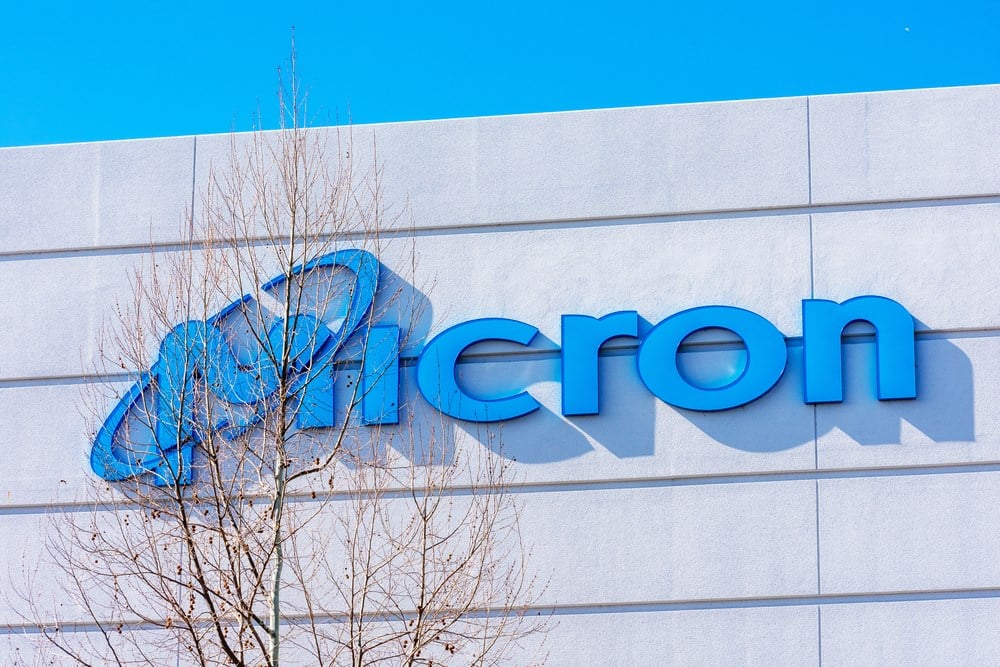Microsoft and OpenAI have joined forces for an ambitious endeavor called Stargate, which aims to build a supercomputer based in the U.S. with an estimated cost of up to $100 billion.
The Information reported on this initiative, noting its substantial advancement in the domain of artificial intelligence computing capabilities. Microsoft’s substantial financial investment in this project reflects its strategic outlook on AI’s transformative potential in technology.
Microsoft‘s active participation in Stargate signals its dedication to spearheading the AI revolution, with funding likely to come from the company itself.
This collaboration with OpenAI, particularly following the introduction of ChatGPT, positions Microsoft as a frontrunner in AI advancement.
Chip Stocks Rally on AI Demand
The recent announcement of Microsoft’s collaboration with OpenAI and the ensuing revelation of plans for the Stargate project have sparked a surge in chip stocks.

This surge is primarily fueled by the expected surge in demand for semiconductor components.
Investors foresee a substantial need for hardware, including graphics processing units, memory chips, data arrays, and servers, to support the development of such a large-scale data center.
As a result, confidence in AI chip stocks has soared, with BofA Global Research analyst Vivek Arya expressing an exceptionally bullish outlook for the sector.
Arya suggests that investors expand their focus beyond Nvidia to consider other companies such as Micron, Western Digital, Super Micro Devices, Dell Technologies, and Hewlett Packard Enterprise, all of which have witnessed an uptick in their stock prices in response to the news.
Micron’s AI-Driven Growth
Micron Technology finds itself at the forefront of the burgeoning demand for memory chips powered by artificial intelligence (AI), marking a notable upsurge in its stock performance.

Traditionally characterized by a cyclical business model, the company has undergone a remarkable shift into a growth-oriented stock propelled by the rising need for high-bandwidth memory, conventional DRAM, and NAND-based solid-state storage arrays crucial for AI software operations.
The recent financial performance of Micron has exceeded expectations, witnessing a remarkable 58% year-over-year surge in revenue during its fiscal second quarter.
This achievement is largely credited to the escalating adoption of AI across data centers, resulting in a depletion of high-bandwidth memory (HBM) supplies for the foreseeable future and a surge in demand for enterprise solid-state drives (SSDs).


